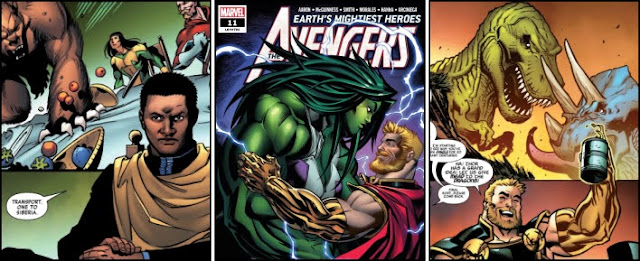 |
| A MAN AMONG YE No. 1, June 2020 |
Interestingly however, the creator of “The Butcher of Paris” doesn’t depict this book’s anti-heroine as a stereotypical, good-natured pirate with a heart of gold, but rather every bit the brutally cold killer her partner-in-crime clearly is. Such ferocity genuinely makes it more believable that Bonny could achieve such success at “a time when women had no rights in the newly formed British Empire”, and her willingness to blow the brains out of a mortally wounded soldier on the deck of his sinking ship after the lad has earnestly asked for quarter is genuinely chilling.
Of course, there’s much more to this twenty-two page periodical’s plot than simply having Captain Rackham’s vessel scouring the Bahamas seeking plunder, and Phillips does a good job of splicing several secondary storylines into the mix, whilst simultaneously penning plenty of ‘screen time’ for this comic’s leading cast. The American author’s insight into Governor Woodes Rogers’ personally-based motivation for wanting the waters he rules pirate-free is particularly enjoyable, as is the former privateer’s plan to incite mutiny amongst Calico Jack’s crew with the false guarantee of both a bounty and pardon for the man who brings him their skipper’s head.
Adding enormous value to the sleek look of this book’s layouts are Craig Cermak and colourist Brittany Pezzillo, who together imbue even the most sedentary scenes with an abundance of animated life. The aforementioned battle aboard a British frigate is especially well-illustrated with the hapless Redcoats and their bloody wounds literally making the ship’s well-detailed wooden boards run crimson in claret.
 |
| The regular cover art of "A MAN AMONG YE" No. 1 by Craig Cermak |




































